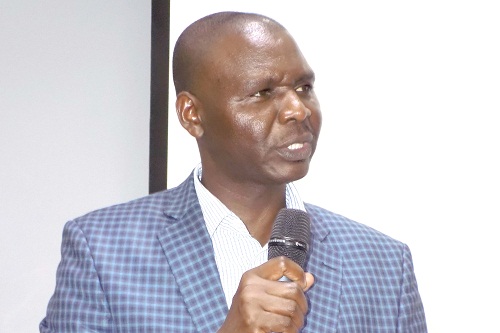By Sammy Chivanga
The number of dormant members in the Savings and Credit Cooperative Organisations (Saccos) has risen by 40.1 per cent to 676,052 on increased job cuts and delayed salaries from struggling entities.
The dormant membership rose at the highest pace in the year 2018 from 482, 526 the previous year. This was in sharp contrast from 2017 when dormant accounts had dropped from by 1.35 per cent from 489.112.
A rise in dormant accounts points to the crisis in the economy that has slowed Kenyans ability to save.
The increase in dormant accounts came in the period total membership grew by 16.50 per cent to 4,193,158 accounts, meaning an increased number of people failed to make savings.
This has seen the pace of deposit mobilization lag behind that of appetite among members to borrow. This is red light since deposits are the key financier of the loan portfolio.
For instance, Saccos’ total deposits grew by 12 per cent to reach Sh341.91 billion while loans and other credit advances which grew by 13 percent to reach Sh374.28 billion in 2018, according to Sacco Societies Regulatory Authority (Sasra) report.
“It is important to note that rate of growth of total loans at 13 per cent, slightly exceeded the rate of growth of the total deposits, which is a demonstration of the higher demand for loans in Saccos, than the rate of mobilization of deposits,” noted Sasra.
Saccos draw members from common bonds, which they use as the catchment area. Even though eligibility for membership was opened to a diverse range of the population, the bulk of membership in nearly every deposit taking (DT) Sacco is still be traced to these common bond linkages.
The clusters include government based, teachers-based, farmers, private sector and community-based DT-Saccos.
However, the job crises that have gripped the corporate sector and the struggles in diverse corporate sectors have led to many members failing to keep up with their monthly contributions to the Sacco.
Saccos in agricultural sector such as Nitunze Sacco Society Ltd, which was drawing most of its members from the under-administration Mumias Sugar, for instance struggled.
Sasra revoked its license in 2018 for failing to maintain minimum prudential standards prescribed.
This was as a result of “the failed sugarcane farming among its members; non-remitted deductions dues from the main affiliate sugar factory and desertion of Sacco by members,” according to Sasra.
Moi University Sacco Society Ltd suffered a similar crisis mainly due to huge external debts arising from over-borrowing, desertion of members due to inability of the Sacco to provide services to members and non-remitted deductions from employer.
Many firms in Kenya have been laying-off workers to remain afloat. Betting firms Sportpesa and Betin in September 2019 fired all their staff in Kenya and left Kenya in a huff citing hostile tax environment.
Joining the long list of firms that have cut jobs are East African Portland Cement Company, Telkom Kenya, Stanbic Bank of Kenya, East African Breweries Limited, Ola Energy, Sanlam, Stanbic bank, MediaMax, Radio Africa, Tala, Silverstone Air Services and Securex Agencies.
The firing spree continues in 2020 with firms such as Sameer and Jubilee insurance having announced retrenchments. This will further hurt the vibrancy of Sacco movement since members depend on income to save.
In 2017, eight Nairobi Securities Exchange (NSE)-listed firms spent Sh2.7 billion to lay off nearly 1,600 workers as others cut their employee numbers through natural attrition.
Deacons East Africa, ARM Cement, Barclays Bank of Kenya, National Bank of Kenya, Standard Chartered Bank of Kenya, KCB Group, Housing Finance, Britam and British American Tobacco all spent money on layoffs.
A 2019 survey by Financial Sector Deepening (FSD) showed that more than half (51 per cent) of Kenyans reported a worsened financial status, with many having soaked in excess debt from multiple sources.
FSD further said that over half of borrowers had sold assets, borrowed or cut back on expenses to repay loans while 25 per cent were using over 50 per cent of their monthly income to service loans.
Kenyan economy has struggled in the recent past in creating jobs for thousands of job seekers. The Building Bridges Initiative report that is under discussion singled out jobs scarcity as the key thing worrying many Kenyans.
“The single most important matter facing Kenyans when it comes to shared prosperity is generating enough jobs and employment, particularly for young people,” said the report.
“It is not enough to merely improve our economic output and present rates of investment: we must entirely transform the way our economy operates if we are to deal with the present lack of jobs”.



